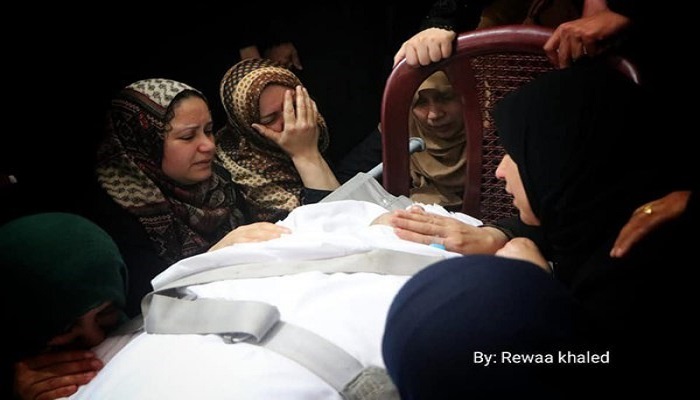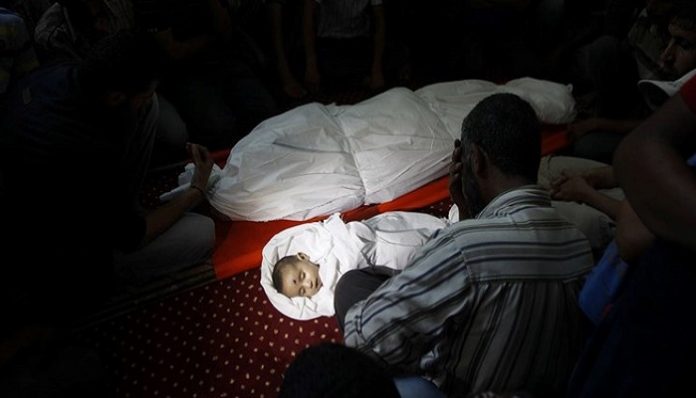The rights of the Palestinian people have been crushed under the boots of the illegitimate Zionist regime for more than seventy years, during which the regime has committed the most brutal crimes against these people.
Imam Khomeini (ra) 13 Ramadan 1399 AH (16 August 1979) in a message addressed to the Muslims of Iran and the world called the last Friday of the holy month of Ramadan Quds Day and every year on this occasion in Iran and many countries around the world It is held in support of Jerusalem and the Palestinian cause.
In this report, on the pretext of the forty-second anniversary of Al-Quds Day, the most famous crimes of the Zionist regime against the Palestinian people are discussed.
Deir Yasin massacre
On the morning of April 9, 1948, the so-called “Argon” forces of the Zionist regime entered the village of “Dir Yassin” from the east and south, and the forces of “Stern” also entered the village from the north, and thus the village Income siege.
The villagers, who were all asleep, were surprised by this action; They initially confronted the Zionists, which resulted in the death of four attackers and the wounding of 40 others.
After this issue, the Zionists, in order to counter the stability of the villagers, used the help of “Balmach” forces in one of the military barracks near Quds Talab. The arrival of noon in the village was completely devoid of the presence of the resistance forces, so the forces of Argon and Stirren resorted to their terrorist methods to massacre the villagers.
Thus, the attackers occupied the houses of the villagers by blowing them up, and after the dynamites and explosives ran out, they killed the resistance elements with bombs and artillery, and killed all the men, women, children and the elderly inside the houses.
The assailants gathered dozens of villagers and shot at them, continuing their killings and crimes for two full days. Zionist militants carried out massacres, including torture, desecration, amputation, abortion of pregnant women, etc., and threw 53 children down the walls of the old neighborhood of Quds, imprisoning 25 men in buses and like the old Romanian army, they were turned on the streets of Jerusalem as a sign of victory, and finally shot and martyred.
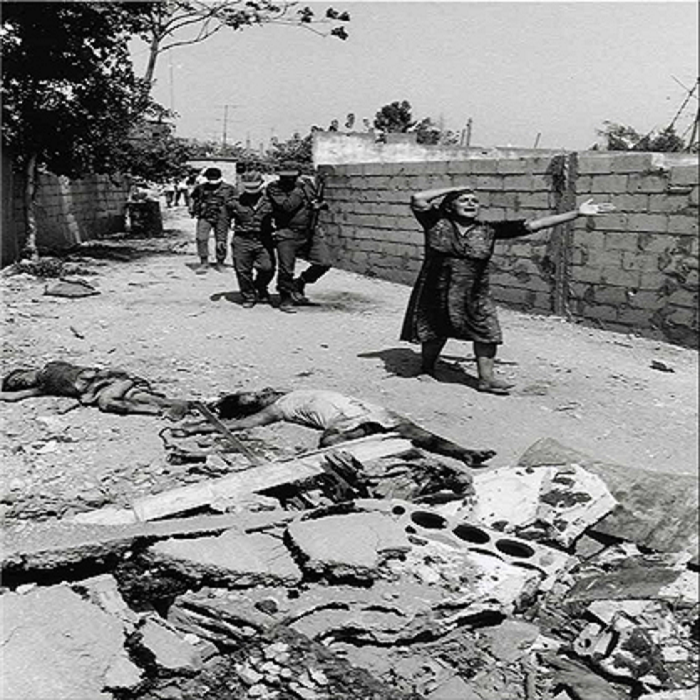
It is estimated that between 250 and 360 Palestinians were killed in the crime; The Zionists dumped the bodies of the victims in the village water wells and closed the doors to cover up their crimes.
The crime of “Kafr Qasim”
More than half a century has passed since Zionist forces shot dead 47 people, including women and children, in the Palestinian village of Kafr Qasem, but the scandal is still alive in our memory.
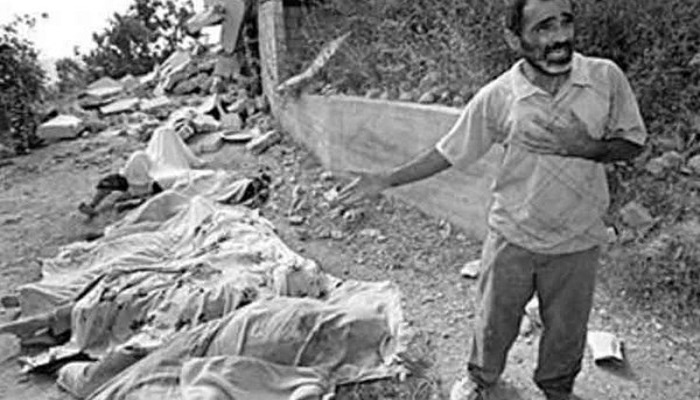
Shortly after 5 pm on October 29, 1956, Israeli police set up checkpoints in six Palestinian villages, including Kafr Qasim, without prior notice. In a short meeting, Israeli Maj. Samuel Malinki ordered his men to kill every Palestinian civilian who arrived at his home after 5 p.m., the second major Zionist atrocity in Palestine since Deir Yassin.
The crimes of the Zionist regime in Al-Aqsa Mosque
According to the Anatolian News Agency, the most obvious crimes committed by the Zionist regime in Al-Aqsa Mosque since the occupation on June 7, 1967 are as follows:
August 21, 1969: Al-Aqsa Mosque is set on fire by Dennis Michael Rohan, an Australian Jew.
April 11, 1982: Two Palestinians are martyred and six others are wounded after a Zionist soldier opened fire on the Al-Aqsa Mosque.
October 10, 1990: Shots fired at Palestinians trying to prevent the Zionists from placing the foundation stone of Suleiman Temple in Al-Aqsa Mosque, killing 21 people and injuring 150 Palestinians.
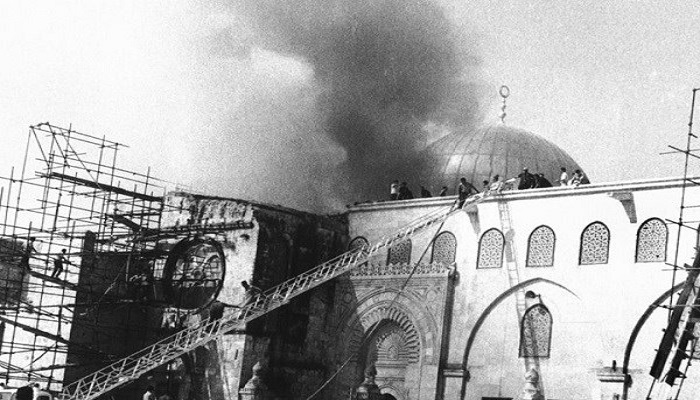
September 25, 1996: The opening of a tunnel under the western wall of Al-Aqsa Mosque sparked a Palestinian uprising in which 68 Palestinians were martyred and about 1,600 others were injured in a matter of days.
Massacre of Ebrahimi Mosque in Hebron
The Ebrahimi Mosque in Hebron in the West Bank was massacred on Eid al-Fitr in 1994 (February 25) by Baruch Goldstein, an American Jew living in occupied Palestine.
He opened fire on the worshipers with a machine gun from one of the pillars of the mosque while they were prostrating, killing 29 people and injuring 125 others. He was eventually arrested and killed by worshipers.
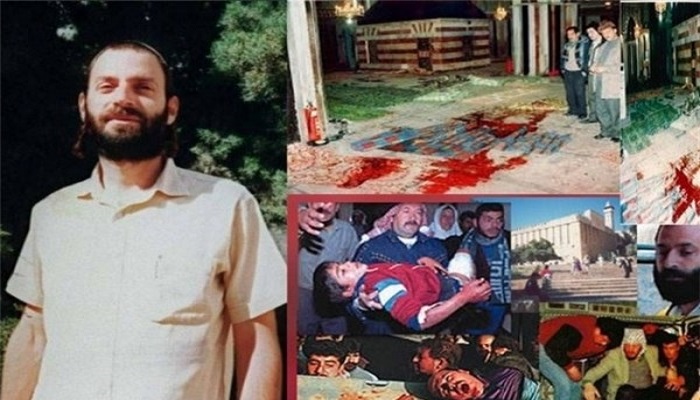
This event provoked many reflections and protests against the Zionists. The Israeli army killed 19 others in clashes with Palestinian protesters two days after the incident.
Attack on the Mavi Marmara
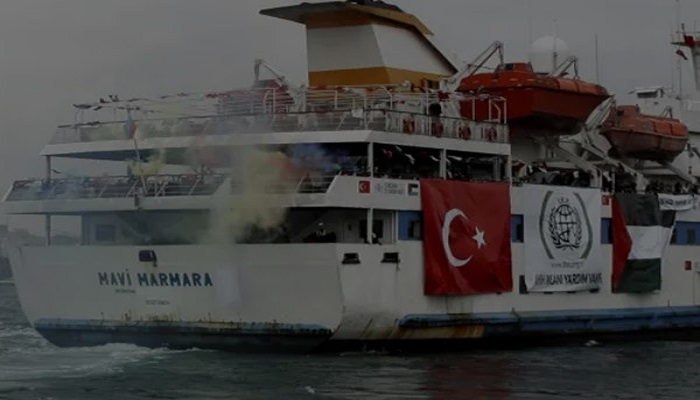
In 2010, Israeli forces attacked the Mavi Marmara ship bound for Turkey from the Gaza Strip for humanitarian aid, injuring 60 human rights activists and killing 10 Turkish nationals. It was after this incident that relations between Turkey and the Zionist regime were severed.
The Zionist regime seeks to displace the residents of an entire neighborhood in occupied Jerusalem
Residents of the Sheikh Jarrah neighborhood in occupied Jerusalem have been confronting Zionist conspiracies since 1972 to oust these families from their homes.
The Palestinians own the land in Jerusalem under an agreement reached in 1965 between the Jordanian government and UNRWA (United Nations Relief and Works Agency for Palestine Refugees in the Near East).
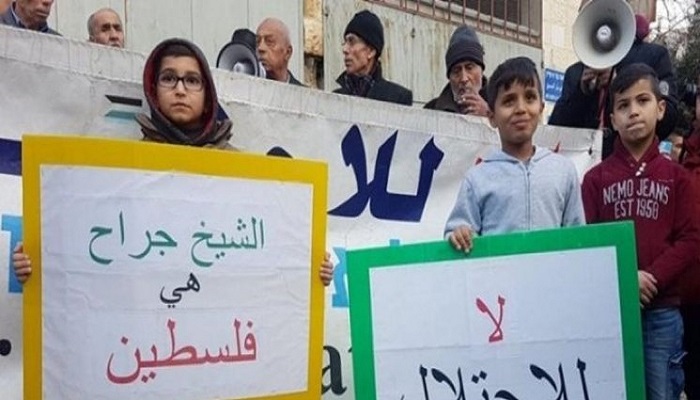
But the Zionists claim that the land on which the Palestinian houses were built used to belong to Jewish families. The Zionist regime has now been able to disprove this false claim by colluding in the courts of Jerusalem, and hundreds of Palestinians are facing forced displacement.
The 2008-2009 war against the Gaza Strip
On December 27, 2008 (22 days), 80 Israeli fighter jets bombed dozens of points in the Gaza Strip, killing 200 Palestinians and wounding 700 others, most of them members of the Palestinian police, led by Tawfiq.
The Israeli attack on Gaza began shortly after the end of a six-month agreement signed between Israel and the resistance. During the first eight days, Israeli fighter jets continued their extensive bombardment of various parts of Gaza, and the resistance responded with rockets and rockets as much as possible. In addition to security purposes and in violation of international law, Israeli fighter jets targeted hundreds of homes, hospitals, mosques, schools, universities and UN-affiliated organizations in the Gaza Strip.
On January 3, 2009, eight days after the start of the war, the Zionist regime launched a ground offensive in the Gaza Strip, and hundreds of Israeli tanks joined the air operations, increasing the scope of the Gaza bombing.
The attack killed 1,419 people from the Gaza Strip, most of them civilians, women and children. A total of 5,500 people were reported injured, some of whom still suffer from war-related disabilities. 83% of the martyrs were women and children.
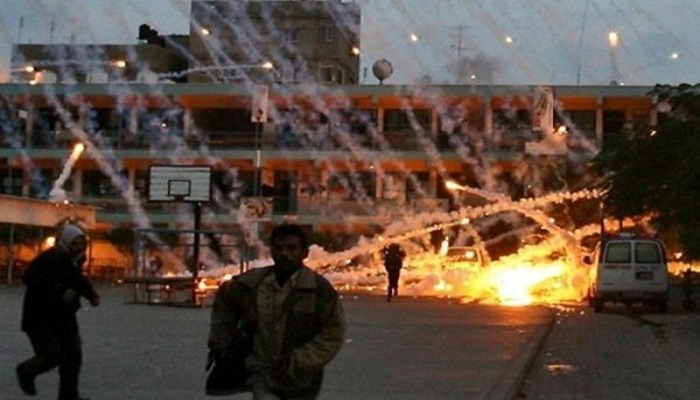
Israeli officials also said 13 soldiers had been killed and 300 wounded, but the Palestinian resistance insisted that 100 Israeli soldiers had been killed in the fighting.
2012 war against the Gaza Strip
The 2012 (8-day) war began with the assassination of Ahmad al-Jabri, a senior commander in the al-Qassam Brigades of Hamas’s military wing, after which the Zionist regime launched a large-scale airstrike on Gaza.
The Palestinian Health Information Center reported that in 2012, 278 Palestinians were killed and 2,158 were injured during the Israeli aggression against the people of Gaza.
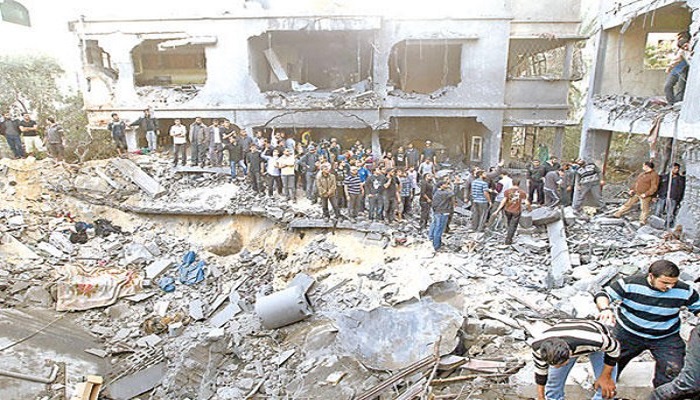
According to this report, 189 of these martyrs were martyred during the 8-day war of the Zionist regime against Gaza, and 251 of the martyrs are men and 27 are women. Also, the number of women over 18 years old was 13 and the number of martyred children under 5 years old was 18 people.
2014 war against the Gaza Strip
It was on June 12, 2014 that the Zionists announced the disappearance of three Israelis in the West Bank and immediately accused Hamas of kidnapping them. It was on this pretext that raids on Palestinian homes in the West Bank began and more than 500 young Palestinians were arrested. A spokesman for the Israeli police later admitted to a BBC reporter that the disappearance and death of three Israelis in the West Bank had nothing to do with Hamas.
After several initial clashes between the Zionist regime and the resistance, the regime’s security cabinet decided after a three-hour meeting to begin the invasion of the Gaza Strip on Tuesday, July 8, and the third (51-day) war against Gaza began. The Israeli regime launched its offensive against the Gaza Strip under the guise of “hard rock”, and Palestinian groups responded in the form of “Bonyan Marsous” and “Al-Asaf Al-Makool” operations.
The 51-day attack left nearly 2,260 martyrs and nearly 11,000 wounded. Children and women made up the bulk of the death toll, with reports of the martyrdom of 500 children and more than 250 women. The Zionist regime puts the number of soldiers killed in the Gaza war at 64, and Hamas puts the number at 161, while the Panorama news site put the number at more than 600.
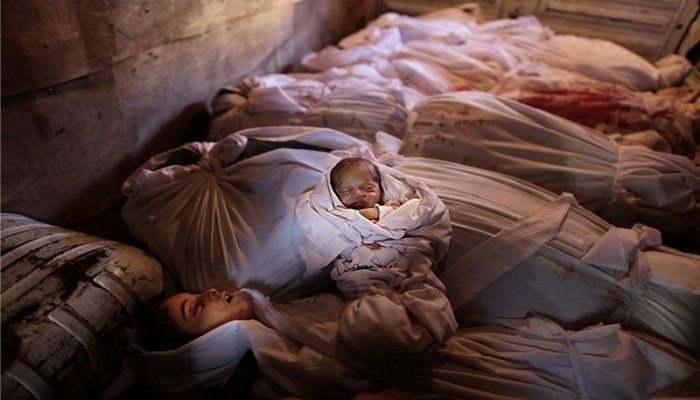
After several temporary fires during the war, Hamas officials announced on September 26 that they had reached an agreement with Israel to end the seven-week conflict in Gaza.
2-day war against the Gaza Strip
It was on Saturday morning (May 4, 2019) that the Zionist regime attacked areas in the Gaza Strip and the resistance responded by firing several rockets; but this was not a “temporary” event, and the volume of tensions between the Gaza Strip and the Zionist regime increased moment by moment.
The Zionist regime continued its attacks on the Gaza Strip during the day and night of Sunday (May 5), and the resistance responded decisively by firing rockets and missiles. Finally, with the mediation of Egypt, Qatar and the United Nations, a ceasefire was established in the Gaza Strip on Monday (May 6) and peace was restored in the region.
Twenty-seven Palestinians were killed in the two-day Israeli offensive in the Gaza Strip, including “three women, two daughters and two fetuses (in the womb).”
The Zionist regime attacked 320 targets in the Gaza Strip in these two days of attacks, during which 58 housing units were completely destroyed and another 310 housing units were slightly damaged.
The Palestinian Ministry of Infrastructure said the level of destruction was higher, adding that preliminary assessments showed that 130 housing units had been completely destroyed and 700 housing units had been partially destroyed.
